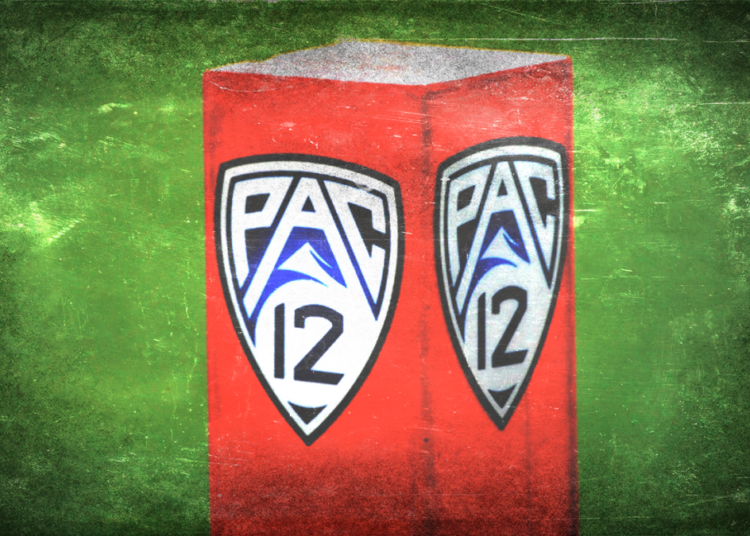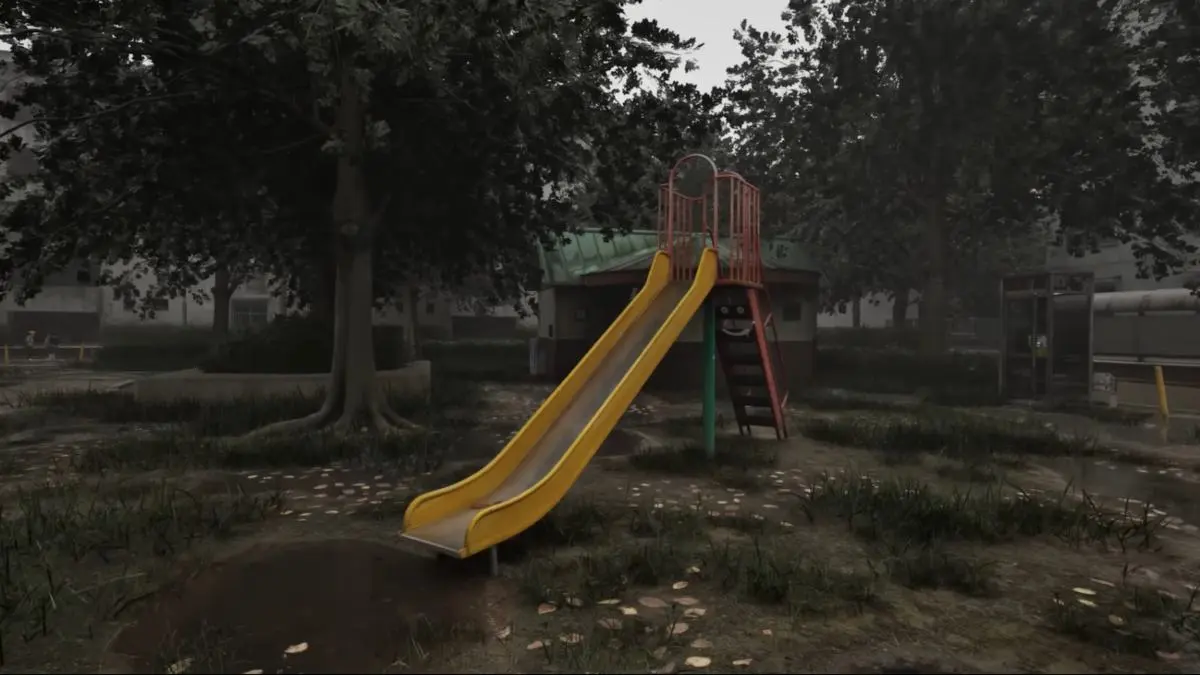Last year, ESPN executive Burke Magnus created a ripple in the industry when he suggested conferences should be focused on cultivating rivalries in college sports rather than worrying about market size.
“The amount of time we spend thinking about market size, it pales in comparison to the amount of time we think about rivalries,” Magnus said on the Marchand and Ourand Sports Media Podcast. “In college sports, it’s the rivalries. It’s the traditions. It’s the brands that really aggregate audience.”
You can understand this as contextualized by the latest round of realignment. One of the Pac-12’s remaining lifelines is selling a rightsholder on the value of those rivalries, such as they are with USC and UCLA off to the Big Ten.
To get an idea of the value of such Pac-12 rivalries, CBS Sports found the top 20-rated Pac-12 conference games (not involving USC and/or UCLA) combined over the last two seasons. Ratings data via sportsmediawatch.com.
While a small sample size — team strength varies from year to year — it provides an closer look at what the Pac-12 is trying to sell to media rights partners in comparison to other conferences.
|
1 |
Oregon vs. Oregon State (2022) |
3.56 million |
|
2 |
Stanford vs. California (2021) |
2.74 million |
|
3 |
Oregon vs. Stanford (2021) |
2.64 million |
|
4 |
Utah vs. Oregon (2022) |
2.54 million |
|
5 |
Washington vs. Washington State (2022) |
2.38 million |
The 2022 Oregon-Oregon State “Civil War” (3.56 million) was rated highest overall. This might be as close to a lasting rivalry as any in the new Pac-12, at least when it comes to sustaining national attention. The Ducks are clearly the Pac-12’s ratings leader going forward. They appeared in three of the top four and seven of the top 10 highest-rated league games over the last two years. Oregon averaged the most viewers in the conference (No. 12 nationally) in 2022 and was the only Pac-12 team to see a rating of at least 4 million viewers (season opener vs. Georgia).
Stanford-Cal in 2021 featured teams that are 7-18 since that meeting. Oregon-Stanford in 2021 was the 20th-highest rated game of that week. Utah-Oregon in 2022 being ranked is significant as they are the Pac-12’s two best programs moving forward. The 2022 Apple Cup was the 12th-highest rated game of Rivalry Week.
Ah, but how do those games compare against the competition? Well, they don’t — mostly. That might explain why the Pac-12 is having so much trouble finding worth for its media rights.
When USC and UCLA left, the Pac-12 was stripped of 23 conference games involving those teams that were among the top 20 most watched on a weekly basis over the past two seasons. That represented approximately 20% of the total conference inventory.
While the Pac-12 Championship Game last year was the highest-rated such contest in 11 years, it included the soon-departed USC playing Utah.
Fifteen of the Big Ten’s conference games in 2022 were rated higher than the 2022 Civil War. The three highest-rated Big Ten games from 2022 surpassed the total viewership of the top 20 Pac-12 games from 2021-22 (again, minus USC and UCLA.) Ohio State by itself appeared in six games in 2022 rated higher than Oregon-Oregon State.
In the past two seasons, the SEC and Big Ten combined to have the top-rated conference game in a given week 10 times. The Pac-12 has had three such games (not involving USC and UCLA) in the top 10.
So, yeah, rivalries matter. But they matter especially in the SEC and Big Ten, whose demographic footprints account for more than half of the U.S. population. Let’s take a look at the highest-rated regular-season games for each conference in 2022.
|
Big Ten |
Michigan vs. Ohio State |
17.14 million |
|
SEC |
Tennessee vs. Georgia |
13.06 million |
|
ACC |
NC State vs. Clemson |
4.98 million |
|
Big 12^ |
TCU vs. Baylor |
4.35 million |
|
Pac-12~ |
Oregon vs. Oregon State |
3.56 million |
^ Not including Oklahoma or Texas | ~ Not including USC or UCLA
Ongoing questions for the Pac-12
When will the Pac-12 sign a new media rights deal?
Something will likely be done in the first quarter. If a deal isn’t announced by Final Four weekend, around April 1, the concern level should increase. The San Jose Mercury News quoted Washington State president Kirk Schulz as saying he expects a deal by mid-March.
Why hasn’t a deal been signed yet?
Unless commissioner George Kliavkoff has something up his sleeve, the Pac-12 waited too long. It was jumped by the Big 12 in the market and now is impacted by an industry downturn. Several companies that might be interested in the Pac-12, including Disney (ESPN/ABC), have gone through a round of layoffs.
It could be the Pac-12 is in this position because there just isn’t that much interest right now. Fox and ESPN combined to spend billions to wrap up the Big Ten and Big 12. CBS and Turner are reportedly not interested in the Pac-12.
The Pac-12 thought it had leverage going last among the Power Five conferences in this cycle, but the opposite has proven true. Any streamers ready to dip their toe in the water are either offering low-dollar deals or willing to wait until the next negotiating cycle.
How much of the Pac-12’s deal will be streaming?
It is believed that significantly more than 50% of Pac-12 games will be on a streaming service, as CBS Sports has previously reported. That would be unprecedented for a major conference. It as previously thought ESPN would pick up Pac-12 games for the fourth (late) television window with Amazon potentially acquiring the rest. Suddenly, Apple+ is a possibility for the Pac-12 in what could be an all-streaming deal, the New York Post reported Tuesday
What is the Pac-12 actually worth?
A reliable figure for the league has not emerged. This despite there usually being something leaked in negotiations like this. So far, it’s been crickets, which means the Pac-12 is either about to underperform … unless, as mentioned, Kliavkoff has a surprise waiting heretofore unknown.
A big deal has been made out of the Pac-12 getting at least as much as the Big 12 ($31.66 million per school). But it is folly to compare the conferences in this situation. They are separate entities worth whatever a rightsholder will pay. The Pac-12 is especially an outlier because it is the last conference in the cycle to do a deal, and the well of cash looks like it has dried up.
Best guess? Indeed, only an educated guess: The Pac-12 will get a deal that pays its schools $25 million annually. The current 12-year Pac-12 deal that expires next year averages $20.8 million. The length of the active deal made former commissioner Larry Scott an easy target as the league got lapped by other conferences.
A $25 million would lag approximately $50 million annually behind the Big Ten. As such, concerns would be raised about whether such a figure would be enough to keep Pac-12 schools from bolting for potential opportunities in the Big Ten and Big 12.
Is further expansion ahead?
Outgoing Big Ten commissioner Kevin Warren left us a template for more expansion. Before and after Warren was finalizing a new media rights deal for his league last summer, the commish was pushing Big Ten presidents to expand further. Warren didn’t want to stop at 16 teams after grabbing USC and UCLA. He wanted four more from the Pac-12: Cal, Oregon, Stanford and Washington.
That push never really stopped, and the league’s lack of aggressiveness may have, in part, led to Warren departing to become Chicago Bears president after barely three years on the job.
What was unknown is how Warren planned to finance such a bold move. Fox was probably against it as a legacy partner that had thrown in big time to retain the Big Ten rights. The Big Ten would likely need a streamer to be interested in acquiring rights to the additional games that would get added to the conference’s schedule.
Getting up to four ore Pac-12 teams playing in the Big Ten would look a heck of a lot better than taking on the entire Pac-12 now. Streaming or no streaming, membership in the Big Ten is life at the top, even if it means taking something less than that $75 million full share.
Any further expansion is unlikely to go further than the Big 12 and/or Pac-12 with interest certainly needed from a streamer. The Big 12 has at least some interest in the Pac-12’s Four Corners schools: Arizona, Arizona State, Colorado, Utah. CBS Sports reported last week what might happen if the Pac-12 doesn’t survive.
If the Big 12 were to acquire those programs and the Pac-12 were to break up, Oregon and Washington would be available (without Cal and Stanford) for the Big Ten, which would ask its new rightsholders — CBS, Fox, NBC — to finance growth to 18 teams. If not, a streamer may be sought to pony up. Once again, Warren’s legacy would loom.
The fulcrum for the Pac-12 may be Amazon’s interest. Industry sources have speculated that Amazon is amenable to acquiring one game per week (14 total) and not much more. It would want the best Pac-12 games to broaden its subscription base.
Will the “best” games from the new Pac-12 be good enough? That remains to be seen.
Read the full article here

























